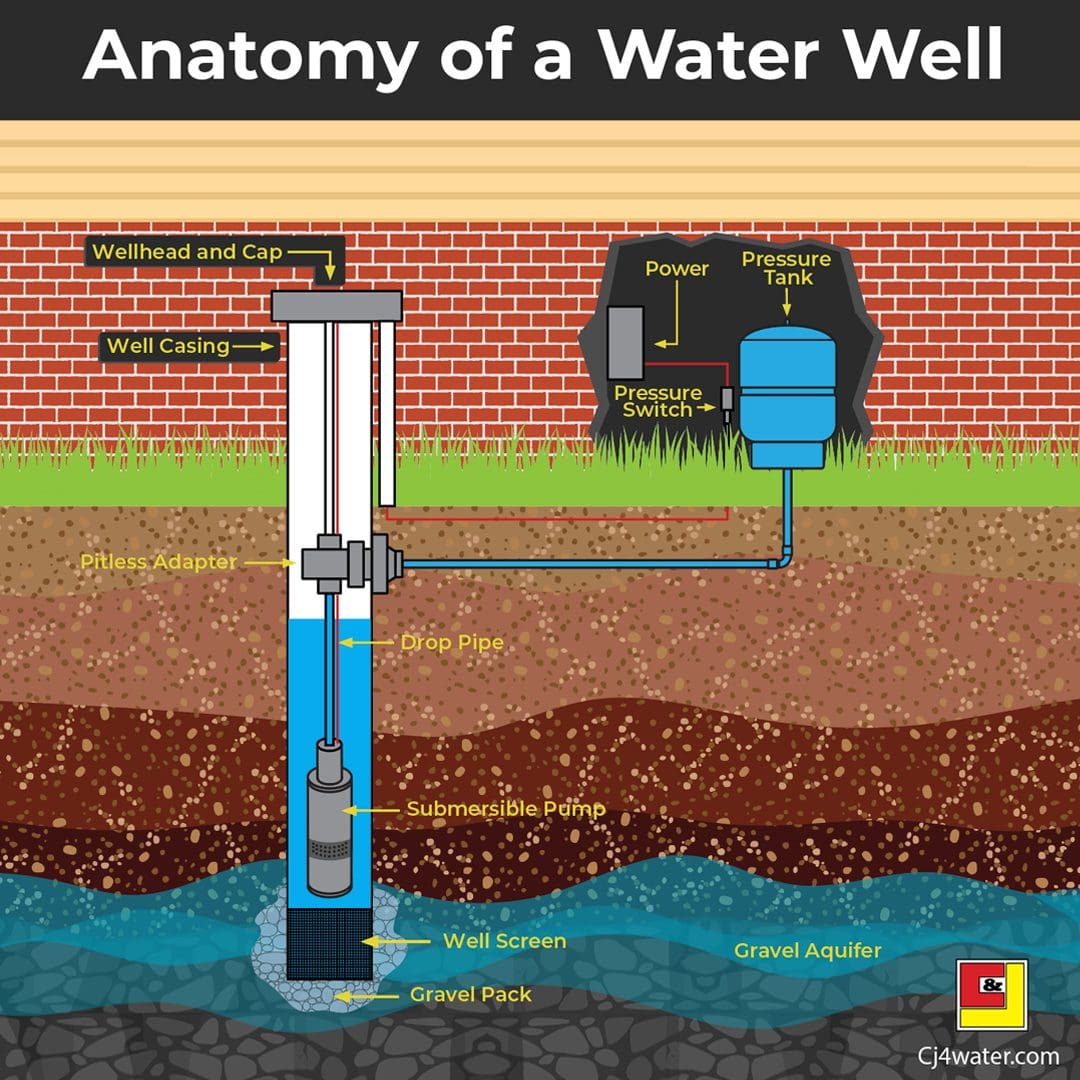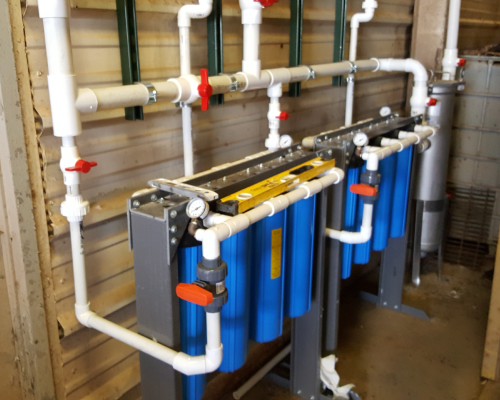The Essential Elements of Your House's Plumbing System
The Essential Elements of Your House's Plumbing System
Blog Article
What're your thoughts on Understanding Your Home's Plumbing Anatomy?

Understanding exactly how your home's pipes system works is crucial for every single property owner. From supplying clean water for drinking, food preparation, and showering to securely removing wastewater, a well-maintained plumbing system is vital for your household's health and wellness and convenience. In this thorough overview, we'll explore the elaborate network that comprises your home's pipes and deal tips on maintenance, upgrades, and managing typical concerns.
Intro
Your home's plumbing system is more than just a network of pipelines; it's an intricate system that guarantees you have access to clean water and effective wastewater elimination. Recognizing its parts and just how they interact can help you avoid expensive repair services and make certain every little thing runs efficiently.
Standard Elements of a Pipes System
Pipes and Tubing
At the heart of your plumbing system are the pipes and tubing that lug water throughout your home. These can be constructed from various materials such as copper, PVC, or PEX, each with its advantages in terms of toughness and cost-effectiveness.
Components: Sinks, Toilets, Showers, and so on.
Components like sinks, commodes, showers, and bath tubs are where water is made use of in your house. Recognizing just how these components link to the plumbing system assists in identifying issues and preparing upgrades.
Valves and Shut-off Points
Valves control the flow of water in your plumbing system. Shut-off shutoffs are crucial throughout emergency situations or when you require to make fixings, enabling you to isolate parts of the system without interrupting water flow to the entire house.
Water Supply System
Key Water Line
The primary water line links your home to the community supply of water or a private well. It's where water enters your home and is distributed to numerous components.
Water Meter and Stress Regulator
The water meter steps your water usage, while a pressure regulatory authority makes sure that water streams at a risk-free pressure throughout your home's pipes system, protecting against damages to pipes and fixtures.
Cold Water vs. Warm water Lines
Comprehending the distinction in between cold water lines, which provide water directly from the main, and hot water lines, which lug warmed water from the water heater, aids in fixing and planning for upgrades.
Water drainage System
Drain Pipes Pipeline and Traps
Drain pipes lug wastewater far from sinks, showers, and toilets to the sewer or septic system. Traps stop drain gases from entering your home and also catch debris that could create blockages.
Ventilation Pipelines
Ventilation pipes permit air into the drain system, avoiding suction that could slow down drainage and create traps to empty. Correct ventilation is crucial for maintaining the honesty of your plumbing system.
Importance of Correct Drainage
Making certain appropriate drainage prevents back-ups and water damage. Consistently cleaning drains pipes and maintaining catches can avoid pricey repair work and prolong the life of your plumbing system.
Water Heater
Types of Hot Water Heater
Hot water heater can be tankless or standard tank-style. Tankless heaters warm water as needed, while storage tanks save heated water for prompt use.
Exactly How Water Heaters Attach to the Plumbing System
Recognizing how hot water heater attach to both the cold water supply and hot water circulation lines helps in identifying concerns like inadequate warm water or leaks.
Maintenance Tips for Water Heaters
Consistently flushing your hot water heater to remove sediment, examining the temperature settings, and evaluating for leaks can prolong its life-span and improve energy performance.
Usual Plumbing Problems
Leakages and Their Causes
Leaks can happen as a result of aging pipes, loosened installations, or high water pressure. Attending to leakages promptly protects against water damage and mold development.
Obstructions and Blockages
Blockages in drains pipes and commodes are often caused by flushing non-flushable things or a build-up of grease and hair. Using drain displays and bearing in mind what drops your drains can prevent blockages.
Indications of Pipes Troubles to Watch For
Low water pressure, sluggish drains, foul odors, or uncommonly high water costs are indicators of possible plumbing problems that ought to be dealt with promptly.
Pipes Maintenance Tips
Regular Inspections and Checks
Schedule yearly pipes examinations to capture concerns early. Look for signs of leaks, corrosion, or mineral buildup in faucets and showerheads.
DIY Maintenance Tasks
Simple tasks like cleaning faucet aerators, looking for toilet leakages making use of color tablet computers, or shielding revealed pipelines in cool environments can stop significant plumbing problems.
When to Call an Expert Plumbing
Know when a plumbing issue requires professional proficiency. Trying intricate repair services without appropriate understanding can result in more damages and greater repair service expenses.
Upgrading Your Plumbing System
Factors for Updating
Updating to water-efficient fixtures or replacing old pipes can boost water top quality, lower water costs, and boost the value of your home.
Modern Plumbing Technologies and Their Benefits
Discover innovations like smart leakage detectors, water-saving commodes, and energy-efficient water heaters that can save cash and minimize environmental impact.
Price Considerations and ROI
Compute the ahead of time expenses versus long-term financial savings when taking into consideration plumbing upgrades. Many upgrades spend for themselves with decreased energy expenses and fewer fixings.
Ecological Impact and Preservation
Water-Saving Components and Appliances
Mounting low-flow taps, showerheads, and toilets can dramatically minimize water usage without giving up efficiency.
Tips for Reducing Water Use
Easy habits like repairing leakages immediately, taking shorter showers, and running complete loads of washing and dishes can preserve water and lower your energy expenses.
Eco-Friendly Pipes Options
Think about sustainable pipes materials like bamboo for floor covering, which is durable and eco-friendly, or recycled glass for counter tops.
Emergency situation Preparedness
Actions to Take During a Pipes Emergency situation
Know where your shut-off valves lie and how to switch off the water supply in case of a ruptured pipe or significant leakage.
Significance of Having Emergency Situation Get In Touches With Convenient
Keep call information for regional plumbers or emergency situation services easily offered for quick action throughout a plumbing situation.
DIY Emergency Fixes (When Relevant).
Short-term solutions like using air duct tape to spot a leaking pipeline or positioning a bucket under a leaking tap can minimize damages till a professional plumbing technician gets here.
Conclusion.
Comprehending the makeup of your home's pipes system empowers you to preserve it properly, saving time and money on repair services. By adhering to regular maintenance regimens and remaining informed about contemporary pipes modern technologies, you can ensure your plumbing system runs efficiently for years to find.
Exploring Your Homes Plumbing Anatomy
Water Supply System
Main Water Line: This is where water enters your home from the municipal supply or a private well.
Water Meter: Typically located near where the main water line enters the property, it measures the amount of water used.
Shutoff Valve: It s crucial to know where this is in case of emergencies. It allows you to turn off the water supply to the entire house.
Pipes and Fittings: These distribute water throughout your home. Materials can include copper, PVC, or PEX.
Drain-Waste-Vent (DWV) System
Drains: Located in sinks, showers, and tubs, these carry wastewater away.
Traps: U-shaped pipes under sinks that hold standing water, blocking sewer gases from entering the home.
Vents: Pipes that lead from the DWV system to the outside, preventing vacuum formation and allowing gases to escape.
Sewer Line: Carries all wastewater from the home to the municipal sewer system or a septic tank.
Fixtures and Appliances
Sinks, Toilets, and Showers
Dishwashers and Washing Machines
Water Heaters
Maintenance Tips
Regularly check for leaks in exposed pipes and around fixtures.
Inspect the water heater annually for signs of wear.
Clean drains and traps to prevent clogs and odors.
Know how to shut off water to individual fixtures.
When to Call a Professional
Major leaks or burst pipes
Installation of new pipes or fixtures
Septic tank issues
Remodeling projects that involve plumbing changes
Conclusion
Understanding the anatomy of your home's plumbing is key to maintaining a functional and efficient system. Regular checks and knowing when to call in the experts can save you time, money, and stress.
https://www.mavyn.com/blog/exploring-your-homes-plumbing-anatomy

Exploring Your Homes Plumbing Anatomy
Water Supply System
Drain-Waste-Vent (DWV) System
Fixtures and Appliances
Maintenance Tips
When to Call a Professional
Conclusion
Understanding the anatomy of your home's plumbing is key to maintaining a functional and efficient system. Regular checks and knowing when to call in the experts can save you time, money, and stress.
https://www.mavyn.com/blog/exploring-your-homes-plumbing-anatomy
I came across that content about Exploring Your Homes Plumbing Anatomy when browsing on the web. Feel free to pause to promote this article if you enjoyed it. Bless you for being here. Return soon.
Schedule Your Service Report this page